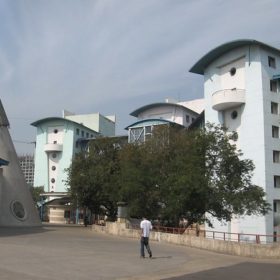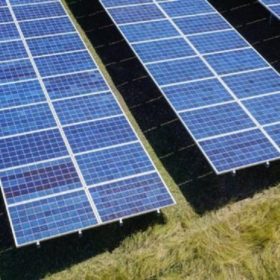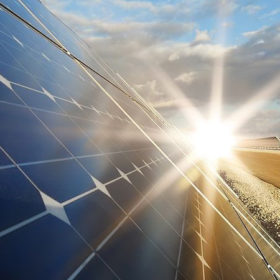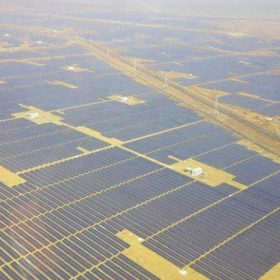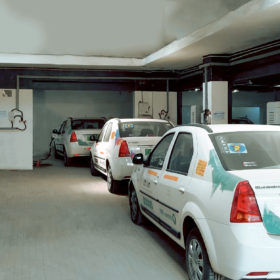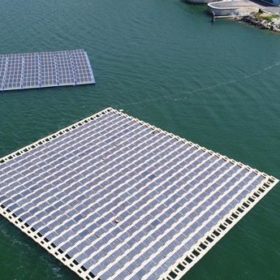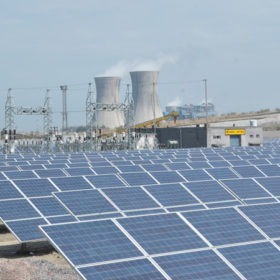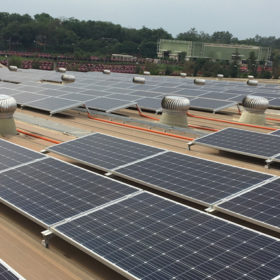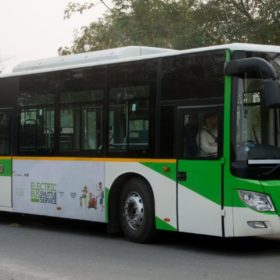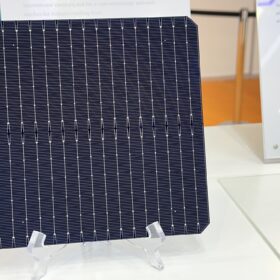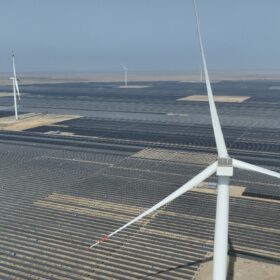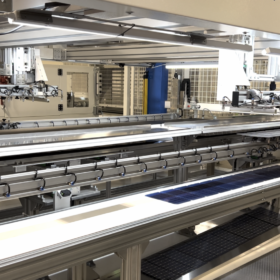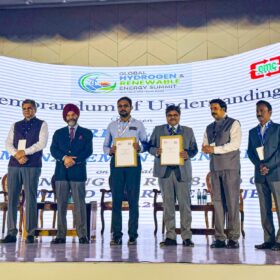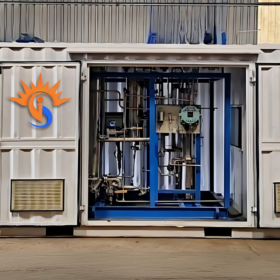IIT Bombay group suggests method of detecting early-stage discoloration in EVA encapsulants
A new, non-destructive technique has been proposed by researchers who say identifying early-stage discoloration in EVA encapsulants can help detect degradation in solar panels before power output is affected. The IIT Bombay group used an ultraviolet accelerated aging test during 34 days on three encapsulant samples.
Ladakh could generate 60 GW from solar plants
The government has been quick to announce major infrastructure projects for Ladakh, realizing the union territory’s potential for production of solar energy, which could be a boon for the entire country.
Analyst expects recovery for PV and storage supply chains
U.S.-owned analyst Wood Mackenzie expects solar demand to decline but predicts the market will recover, with the prospects for the energy transition remaining intact.
SECI tenders 34 MW (AC) solar projects for SCCL in Telangana
The grid-connected, ground-mounted projects—to be set on turnkey basis—shall come up at Chennur (11 MW) and Kothagudam (23 MW) sites of Singareni Collieries Company Limited (SCCL). Bids can be submitted till April 20.
Fourth Partner Energy, Lithium Urban form JV to set up solar-powered EV charging infrastructure
Under joint venture ‘Shuchi Anant Virya,’ Fourth Partner Energy has commissioned solar powered charging facilities in Gurugram and Pune which will enable commercial electric vehicle (EV) fleet operator Lithium Urban Technologies to charge around 30 and 40 EVs, respectively, at the same time.
Odisha plans to develop 500 MW floating solar
The state has an overall potential of generating 17,755 MW of electricity from floating solar over 877 sq.km of water surface area in its reservoirs.
SECI tenders 5 GW of grid-connected renewable projects with storage option
The selected developers shall set up renewable power projects on build-own-operate basis anywhere in India and complement the generated renewable power with thermal power, if needed, to ensure round-the-clock power supply.
Mahindra Susten to install Bangladesh’s largest solar rooftop
The renewables business of the conglomerate will undertake its first project across the border by providing engineering, procurement and construction services on a Rs12.6 crore, 3.1 MW array for a German-Bangladeshi knitwear company which will buy the power generated for Rs5.71518/kWh.
BHEL wins electric bus order for Uttar Pradesh
The entire cost of charging infrastructure for these electric buses—including cost of charging equipment and installation—shall also be borne by Bharat Heavy Electricals Limited.
Magenta Power to roll out street lamp integrated EV charger
The ChargeGrid Flare, costing around Rs 95,000, shall enable faster deployment of curbside vehicle charging with less street clutter than other approaches.
